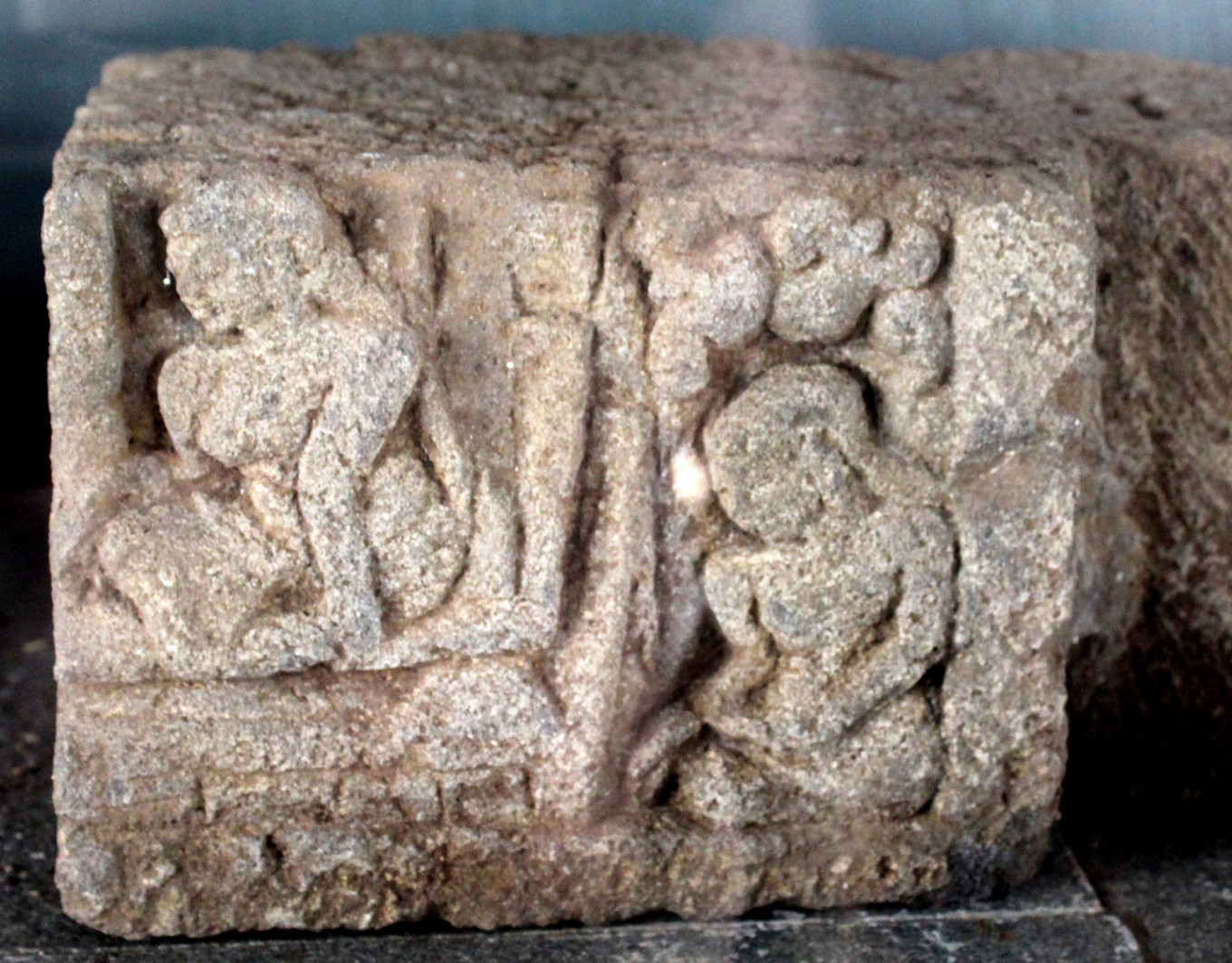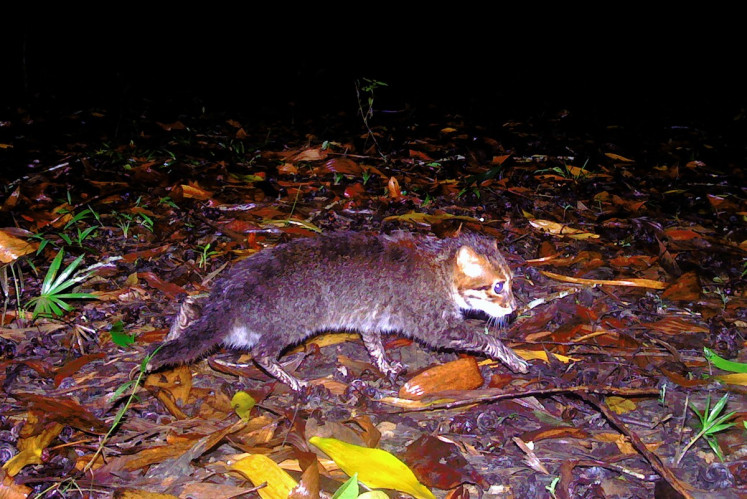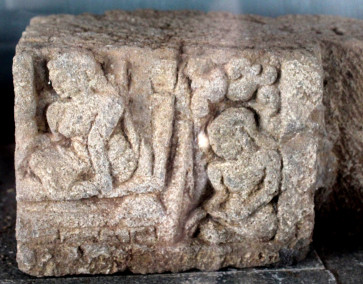Popular Reads
Top Results
Can't find what you're looking for?
View all search resultsPopular Reads
Top Results
Can't find what you're looking for?
View all search resultsBlitar’s ancient Gedog temple and banyan trees hold mysteries
Change text size
Gift Premium Articles
to Anyone
T
he strangler fig, commonly known as the banyan, is one of Indonesia’s five symbols of unity, representing one state with many cultural roots.
A magnificent specimen of banyan sits just outside Blitar in East Java, colonizing almost 100 square meters of the surrounding land. It may have started growing during the Dutch ascendancy in the region. If so, the invaders may have noted nature’s expansion as a mirror of their own across the archipelago.
One of the tree’s relatives in India is reported to be more than 550 years old. The tree in Blitar has thrived not only by living in fecund fields but also because the water table is only a few meters below ground, easily visible in a large hole.
That hole has been excavated behind a small cluster of graves, so close that only a brick wall protects the remains of Yohanes Sunyoto from the elements. His headstone has no date but we know his religion because the tiles form a symbol.
This was a Christian cemetery used since the time of Raffles’ sojourn in Java.
Five of the eight graves, including two belonging to children, have been vandalized. The crucifixes have been removed, leaving jagged stumps of concrete.
Muslim burial grounds favor frangipani and there are none nearby. Hinduism used to be the dominant religion in this area until the mid 16th century.



















